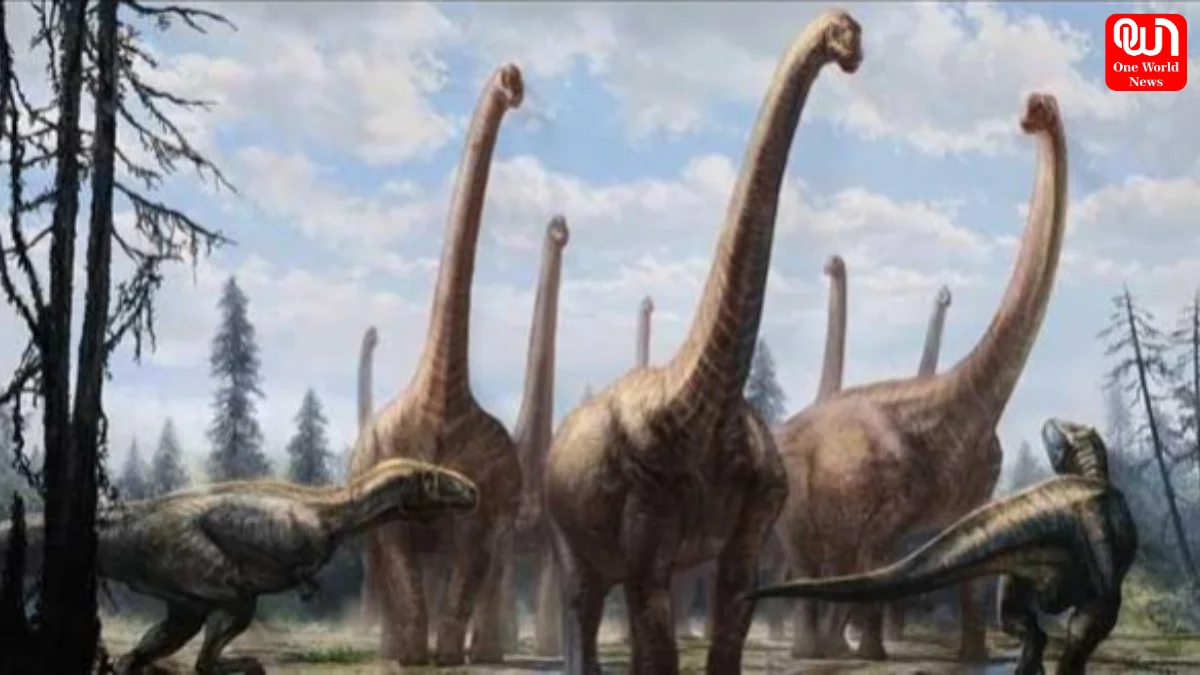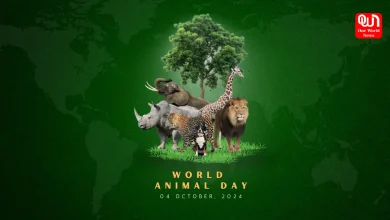Long Neck Dinosaurs: The Giants That Ruled Prehistoric Earth
These were the long neck dinosaurs, some of the most iconic animals ever to walk the Earth. Their size, unique anatomy, and mysterious lifestyle continue to spark fascination among scientists and the general public alike.
Imagine standing in a prehistoric forest millions of years ago. Towering above the trees, a giant creature stretches its neck to feed on leaves far beyond your reach. These were the long neck dinosaurs, some of the most iconic animals ever to walk the Earth. Their size, unique anatomy, and mysterious lifestyle continue to spark fascination among scientists and the general public alike.
Studying these giants not only helps us understand how life once flourished on our planet, but also sheds light on evolution, adaptation, and survival. From their extraordinary skeletal structures to their role in shaping prehistoric ecosystems, long neck dinosaurs remain among the most captivating creatures in natural history.
Image from My Dinosaurs
The Giants of the Dinosaur World
What Defines a Long Neck Dinosaur
The Long neck dinosaur belonged to the sauropod group, a remarkable family of herbivorous giants that dominated prehistoric landscapes for millions of years. They were instantly recognizable by their unique proportions and sheer scale, making them some of the most iconic dinosaurs in history. These massive creatures were known for:
- Exceptionally long necks and tails
- Massive, pillar-like legs
- Relatively small heads compared to their bodies
- Plant-based diets that required constant feeding
Sauropods represent some of the largest animals to have ever lived on land, with body lengths exceeding 100 feet in some cases.
Famous Long Neck Dinosaurs
Among the many species, a few stand out for their immense size and scientific significance:
- Brachiosaurus – Recognized for its giraffe-like stance with longer front legs.
- Diplodocus – Known for its whip-like tail and extraordinary length.
- Apatosaurus – Once confused with “Brontosaurus,” a name still popular in culture.
- Argentinosaurus – Considered one of the heaviest creatures to ever walk the Earth.
Anatomy and Adaptations
Neck Structure and Function
The long neck was the defining feature of these dinosaurs. Some species had up to 19 vertebrae in their necks, allowing them flexibility and reach. Scientists debate whether their necks were held upright like a giraffe’s or extended horizontally to sweep across wide areas of vegetation.
Body Size and Strength
Supporting such massive frames required unique skeletal adaptations. Their limbs functioned like pillars, distributing weight evenly. Hollow air sacs within bones made their skeletons lighter than they appeared, reducing strain and aiding mobility despite their enormous size.
Feeding and Diet
A long neck dinosaur could consume hundreds of pounds of plants each day. Their teeth were often peg-like or spoon-shaped, perfect for stripping leaves but not for chewing. Instead, they likely swallowed vegetation whole, relying on their massive digestive systems to break it down. This constant grazing allowed them to sustain their colossal bodies.
Evolution and Distribution
Origins and Time Periods
Sauropods first appeared during the Late Triassic period, around 210 million years ago. They reached their peak during the Jurassic and Cretaceous periods, dominating landscapes across the globe until the mass extinction event 66 million years ago.
Global Presence
Fossils of long neck dinosaurs have been discovered on every continent, including Antarctica. This wide distribution demonstrates their adaptability to different climates and ecosystems. Their dominance suggests they were highly successful herbivores, shaping plant life across prehistoric Earth.
Mysteries and Scientific Debates
How They Held Their Necks
Paleontologists continue to debate whether these dinosaurs held their necks vertically to browse from tall trees or horizontally to cover wide feeding grounds without moving much. Energy efficiency and blood circulation studies provide arguments for both positions.
How They Reproduced and Grew
Long neck dinosaurs reproduced by laying eggs, often in large nesting grounds. Fossilized nests suggest they laid dozens at once. Hatchlings grew rapidly, some adding several tons of body mass within a few years to avoid predation.
Brain Size vs. Body Size
Despite their massive size, sauropods had surprisingly small brains relative to their bodies. For example, a dinosaur weighing over 30 tons might have had a brain weighing less than a kilogram. This raises fascinating questions about how such giants coordinated movement and survival with limited neural capacity.
The Largest of Them All
Argentinosaurus
This Cretaceous giant from South America is often considered the largest dinosaur ever discovered. Estimates suggest it reached up to 100 feet in length and weighed nearly 100 tons. Its sheer size made it nearly untouchable by predators.
Patagotitan Mayorum
Discovered in Argentina in 2014, Patagotitan may have rivaled Argentinosaurus in size. Fossil evidence indicates it was about 120 feet long, placing it among the largest known terrestrial animals.
Read More: World Animal Day: Celebrating Compassion for All Living Beings
Legacy of the Long-Neck Giants
Role in Ecosystems
Long neck dinosaurs shaped the ecosystems around them. Their constant feeding likely controlled forest growth and promoted new plant cycles. By consuming high vegetation, they created opportunities for smaller herbivores to thrive on lower-level plants.
Cultural Impact
Beyond science, these dinosaurs hold a firm place in popular culture. From children’s books to blockbuster films, the long neck dinosaur remains a symbol of prehistoric wonder. Museums around the world showcase towering reconstructions, inspiring awe and curiosity in millions of visitors.
Bringing Prehistory to Life Today
While fossils give us a glimpse into the past, modern technology allows people to experience dinosaurs in a more tangible way. Animatronic dinosaurs, often featured in museums, theme parks, and traveling exhibitions, recreate the movement, sounds, and scale of these prehistoric giants.
- Life-sized models let visitors appreciate the true scale of a long neck dinosaur.
- Interactive displays allow children and adults to connect with history in a hands-on way.
- These exhibits combine paleontology with engineering, keeping ancient history alive in modern culture.
Animatronics serve as a bridge between scientific discovery and public imagination. They ensure that the awe inspired by long neck dinosaurs continues to captivate new generations.
Conclusion
The long neck dinosaur stands as a true marvel of prehistoric life. Their immense size, unique anatomy, and mysterious behaviors continue to captivate scientists and the public alike. From Argentinosaurus to Diplodocus, these giants remind us of Earth’s capacity to produce life on an unimaginable scale.
By studying their fossils, we not only learn about their past but also gain insights into adaptation, resilience, and evolution itself. These towering creatures remain a testament to nature’s extraordinary diversity, ensuring their place as some of the most fascinating animals in history.
We’re now on WhatsApp. Click to join.
Like this post?
Register at One World News to never miss out on videos, celeb interviews, and best reads.








